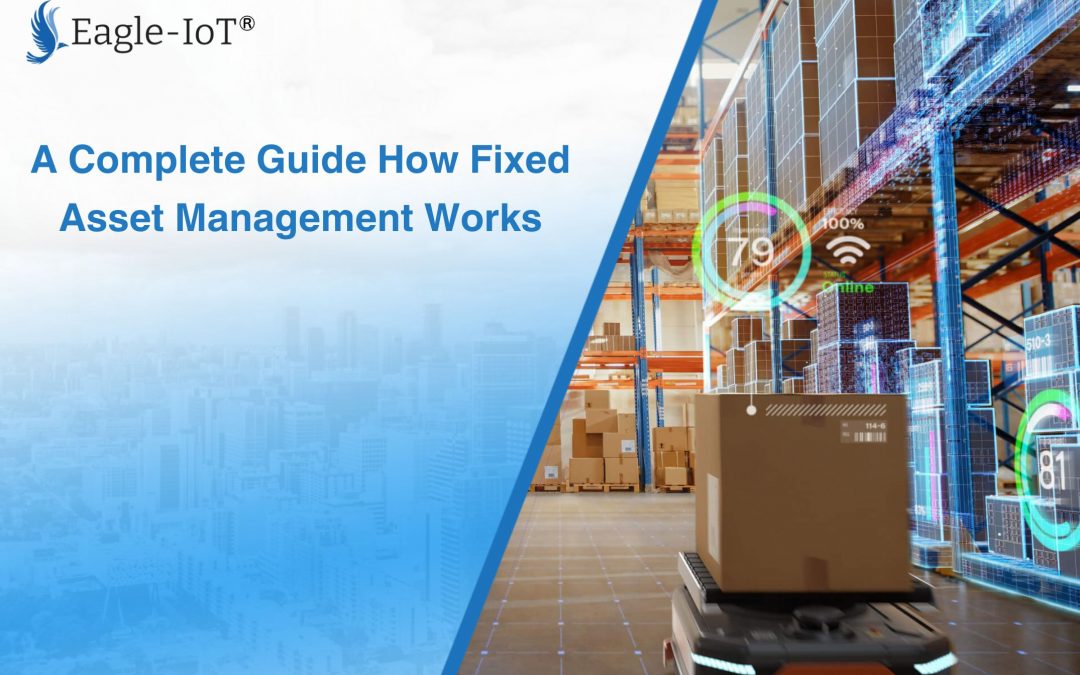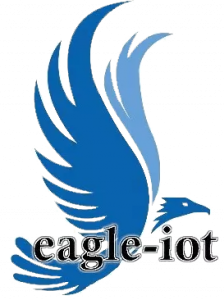A Complete Guide How Fixed Asset Management Works
Every business, regardless of size, relies on a foundation of fixed assets – the tangible tools and equipment that keep things running smoothly. From office furniture to factory machinery, these long-term investments play a crucial role in day-to- day operations. But how do you ensure these valuable assets are managed effectively throughout their lifecycle?
What is Fixed Asset Management?
Fixed Asset Management FAM is a comprehensive process that encompasses the acquisition, tracking, maintenance, and disposal of fixed assets. It ensures you have a clear picture of your assets, their condition, and their financial value. In this article we will delve deeper into how FAM works, using a step-by-step approach to understand its key components:
Study: Analyzing Your Current State
The Fixed Asset Management(FAM) journey begins with understanding your existing asset management practices. Asset management facility such as Eagle-IoT would typically visit your offices to conduct a thorough study. This involves:
Assessing Your Current Scheme:
We will analyze your current fixed asset management system, how you track assets, and the information you capture. This initial assessment helps identify any gaps or inefficiencies.
Benchmarking Against Best Practices:
The team will compare your practices against industry best practices for fixed asset management. This gap analysis helps pinpoint areas for improvement and ensures your FAM strategy is aligned with leading standards.
Designing a New Operating Procedure:
Based on the study’s findings, we will design a new operating procedure tailored to your specific needs. This procedure outlines a more streamlined and efficient way to manage your fixed assets.


Design: Building a Structure for Tracking
Once the current state is analyzed, it’s time to design a robust structure for tracking your assets. This design phase involves:
Hierarchical Classification:
For a better insight of the asset a hierarchical classification system will be created for your assets. This system categorizes assets based on type, location, and other relevant criteria. This structure allows for easier tracking and reporting.
Asset Catalogue Development:
A comprehensive asset catalogue will be developed. This catalogue details the different types of assets you own, their specifications, and any unique identifiers. This detailed listing ensures you have a clear picture of your entire asset inventory.
Implement: Putting the Plan into Action
With the study and design phases complete, it’s time to implement the FAM solution. This phase focuses on:
Fixed Asset Solution Implementation:
Eagle-IoT will implement a solution that meets your specific business requirements. This solution could involve software specifically designed for fixed asset management or integrate with your existing accounting system.

Counting, Maintaining & Tagging:
The team will physically count your assets, ensuring accuracy and completeness. They will also implement a tagging system using barcodes or RFID tags. These tags will store key information about each asset, such as location, type, and condition.
Tracking Depreciation:
The FAM solution will also track the depreciation of your assets. Depreciation is the gradual decrease in an asset’s value over time. Tracking depreciation is crucial for accurate financial reporting.
Reconciliation: Ensuring Data Accuracy
The final step involves ensuring the accuracy and consistency of your asset data. This reconciliation phase includes:
Barcode and Asset Tag Reconciliation:
All assets will be tagged using barcodes or RFID tags. The information captured on these tags will be compared with your financial database to ensure everything matches.
Physical Asset Register vs. Financial Database:
A critical step is cross-matching your physical asset register, which details all your physical assets, with your financial database, which tracks the financial value of those assets. This reconciliation ensures both databases are aligned and provide a single, accurate view of your fixed assets.

Benefits of a Robust Fixed Asset Management System
Implementing a well-designed FAM system offers numerous advantages:
- Improved Financial Reporting: Accurate data of your assets leads to more reliable financial statements. This is crucial for investors, creditors, and other stakeholders.
- Enhanced Operational Efficiency: Knowing where your assets are and their condition allows for better planning and resource allocation. This can streamline maintenance processes and minimize downtime.
- Reduced Costs: Proper asset tracking can help you identify underutilized assets and optimize asset utilization. This can lead to cost savings and improved profitability.
- Compliance with Regulations: Many industries have regulations regarding fixed asset management. A robust FAM system helps ensure you comply with these regulations.
- Theft Prevention: Asset tagging makes it easier to track and locate assets, deterring theft and loss.
Fixed Asset Management is not a one-time activity; it’s an ongoing process that ensures the optimal utilization of your valuable assets. By following a structured approach like the one outlined above, you can achieve a comprehensive FAM system that benefits your organization in numerous ways. From improved financial reporting to reduced costs, a well-designed FAM system can be a powerful tool for driving long.
To know more about Fixed Asset Management,



